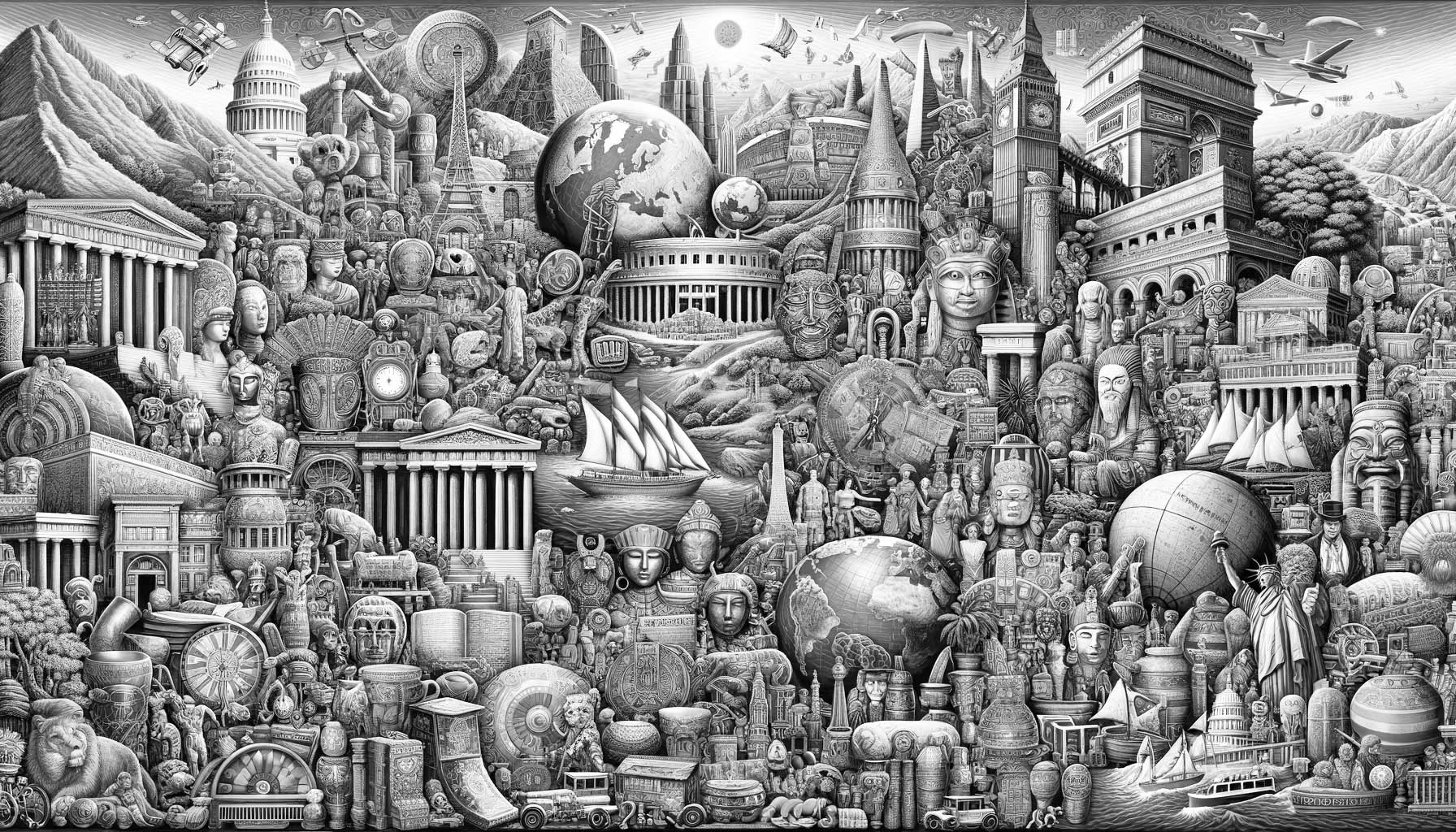Flashback to October 24
World History

In a landmark event on October 23, 1992, Akihito became the first Emperor of Japan to stand on Chinese soil. The significance of this event can hardly be overstated, as it marked a turning point in the relationship between Japan and China, two countries that have historically had a complex and sometimes contentious relationship.
Emperor Akihito’s visit was a pivotal moment in history, acting as a symbol of reconciliation. It occurred at a time when the ties between Japan and China were evolving as they moved towards a more collaborative and less confrontational regional coexistence.
Akihito’s visit was a testament to the deep respect and admiration that exist between these two Asian powers. Certain gestures made during his visit, including his tribute at Marco Polo Bridge, made a profound impact on relations between China and Japan. It was the bridge, after all, where the Second Sino-Japanese War ignited, and his tribute was wildly perceived as acknowledging a painful shared history.
By extending a hand of reconciliation to China, Emperor Akihito not only demonstrated an embodiment of humility and remorse for past aggressions, but he also signaled Japan’s readiness to foster a relationship based on mutual respect and shared prosperity.
Speaking from a global perspective, the visit by the Japanese emperor also had implications for international relations. His visit to China symbolized a thawing in relations not just between Japan and China, but also among the nations of the world. Akihito’s actions suggested that diplomacy and understanding should be preferred over conflict and war.
On the economic front, this visit was also viewed as opening doors to increased economic collaboration between the two countries. The trip served as a starting point for encouraging cross-border investments and trade between the two economic powers, thus sparking the possibility of enhanced economic growth in the region.
Emperor Akihito’s visit to China was not just a historic event, but also a careful and deliberate act of diplomacy. The significance and impact of his actions cannot be underestimated. They have set a new tone for how Japan engages with its neighbors and the world at large, placing a greater emphasis on diplomacy and cooperation. His visit was a remarkable moment that underscored the need for mutual respect and understanding in international relations.
The Internet is inundated with resources on Akihito’s first visit to China. Yet, the recollection of this significant event written here provides an overview of its impact and the subsequent shaping of the regional socio-political landscape.
The essence of this narrative holds that Akihito’s visit to China was an expression of Japan’s commitment to moving past historical tensions. By standing on Chinese soil, Emperor Akihito facilitated a significant transformation of Japan’s relationship with China and effectuated a more amicable bond between the two countries.
In many ways, Emperor Akihito’s visit on October 23, 1992, was a milestone in diplomatic history. Through his actions, Akihito has demonstrated that even nations with a history of conflict and discord can move forward by continuously demonstrating respect, understanding, and cooperation.
Akihito’s historic visit to China in 1992 was a significant event that had far-reaching consequences, both for bilateral relations between Japan and China and for global politics. His actions echoed around the world as a symbol of peace, prosperity, and reconciliation, prompting a shift towards more friendly relations between nations at large.
We strive for accuracy. If you see something that doesn't look right, click here to contact us!
Sponsored Content

The International Monetary Fund…
On October 24, 2008,…

The match is patented.
On October 24, 1836,…

In Akershus, Norway, Vidkun…
On October 24, 1945,…

A total solar eclipse…
Experience the awe-inspiring phenomenon…

Third partition of Poland,…
Experience the pivotal historical…

